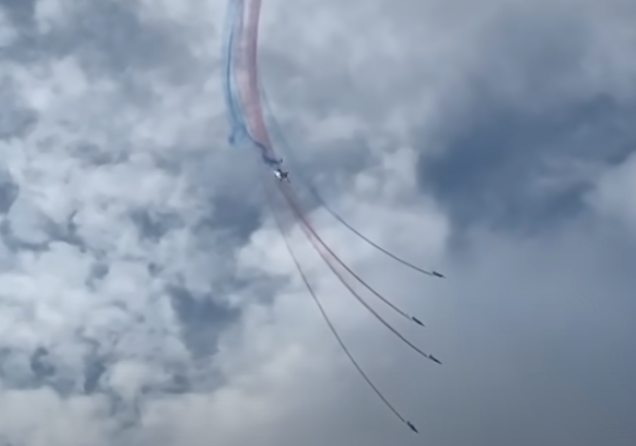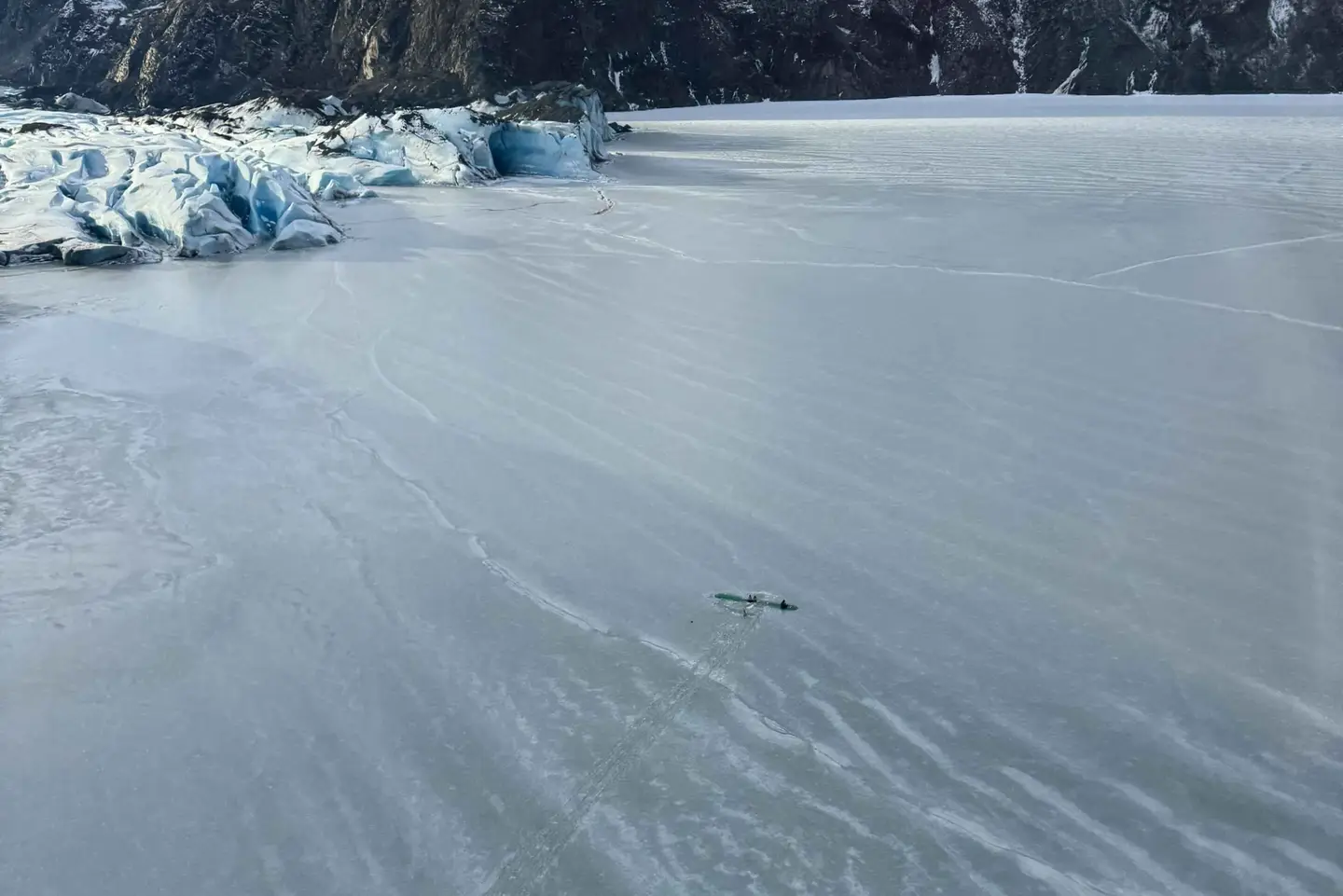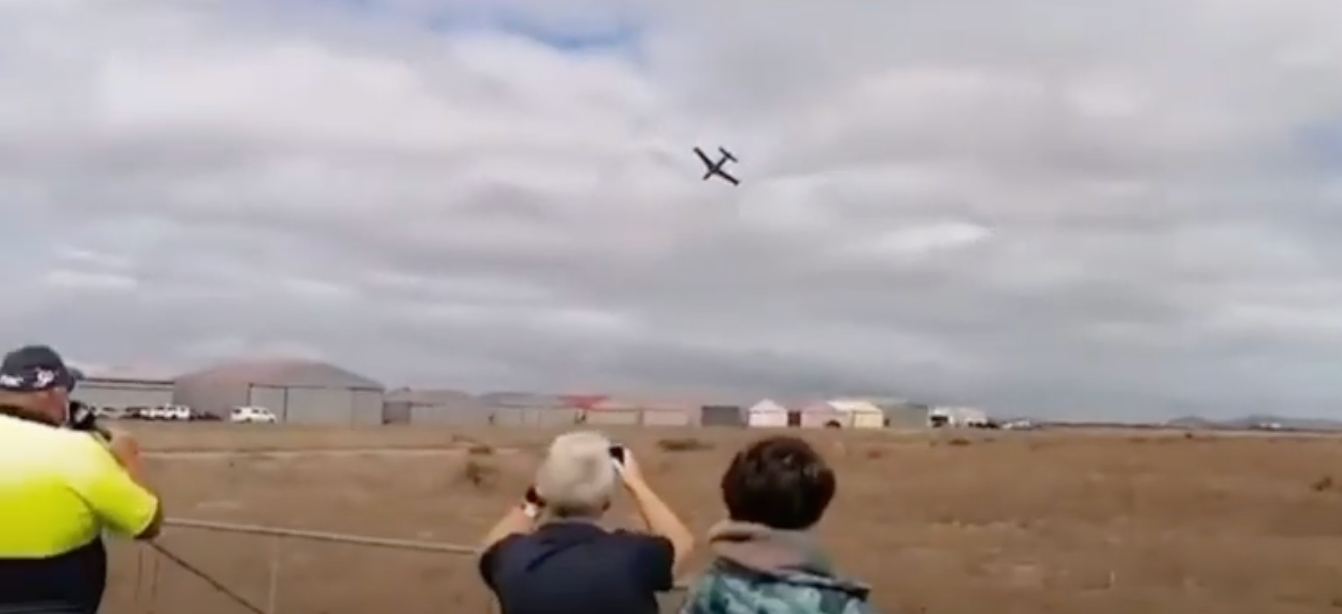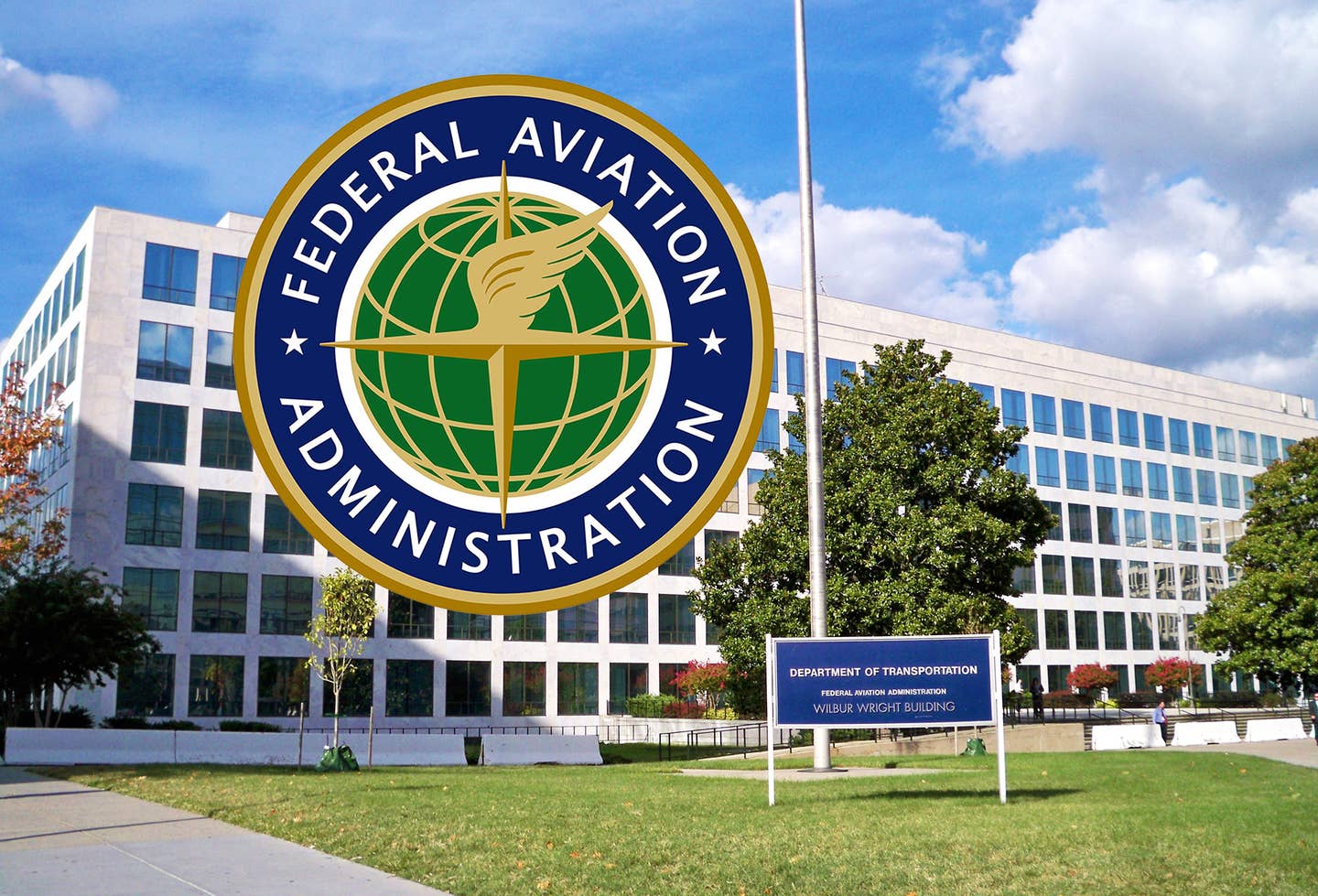Probable Cause #65: Bad Conditions, Poor Planning
It’s hard to imagine an instrument-rated pilot flying into a Midwestern winter without checking the destination weather.
Every pilot wants to avoid tough winter weather, especially icing conditions, even if that means delaying a flight or canceling one altogether. But some pilots are foolish enough to think that last-minute weather decisions will save them during a poorly-planned IFR approach. Poor IFR skills during a long day of flying in December 2004 took the lives of three people when a Piper Saratoga crashed executing the GPS approach to the Glenwood Municipal Airport (GHW) at Glenwood, Minn., about 100 miles northwest of Minneapolis.The day started at 0615 (CST) when the pilot called the Miami Automated Flight Service Station and filed three IFR flight plans. The first was from Page Field at Fort Myers, Fla., (FMY) to Albany, Ga., (ABY). The second was from ABY to Mount Vernon, Ill., (MVN), and the third from MVN to Glenwood.The briefer provided weather information for the first two flights, but after the briefer described a tornado watch and convective SIGMET for the route of flight between ABY and MVN, the pilot declined further information. Perhaps he planned to check the weather at Albany.The leg between Fort Myers and Albany went as planned. At 0945 the pilot called the Macon AFSS and requested an abbreviated weather briefing for the second leg from ABY to MVN, but again did not ask the briefer about the weather on the third leg. In fact, there is no record that the pilot ever checked the weather for the third leg to Glenwood.Departing from Mount Vernon, the Saratoga pilot contacted Kansas City Air Route Traffic Control Center at 1342 (CST) and asked for his clearance to Glenwood and was cleared there at 10,000 feet. At 1550 the flight was handed off to Minneapolis Center.At 1600 the controller queried the pilot about flight conditions. The pilot responded, "We're kinda in a little haze here. I think the tops may be only about two thousand or three thousand above us and a lot of thin clouds below us." He added, "We haven't picked up any ice yet. The outside temperature shows minus seven Celsius."The flight appeared to continue normally and at 2236 Minneapolis cleared the aircraft to descend from 10,000 feet to 6000 feet, and shortly thereafter at pilot's discretion to 4000 feet. A few minutes later, while passing 6000 feet, the pilot asked for a climb back to 7000 feet because he was "picking up a fair amount of ice."The controller asked for another pilot report on flight conditions. The pilot responded that he had rime on the windshield and "rime and mixed" icing on the wings. When prompted he categorized it as "light," and said the outside air temperature was minus 2 degrees Celsius. He reported that he broke out of the tops of the clouds at 6400 feet on the way to 7000 feet.Twenty minutes later, the pilot requested the GPS approach to Runway 33 at Glenwood and also asked to remain at 7000 feet as long as possible due to known icing.
The Approach Begins
At 1706 the controller cleared the aircraft for the full approach into Glenwood and told the pilot to remain at or above 3500 feet until established on a published portion of the approach. When the pilot acknowledged being established, the controller cleared him to leave the frequency. There was no further communication with the aircraft.A radar plot showed the Saratoga intercepting the approach course at 6800 feet and crossing KODMY, the final approach fix, at 6000 feet. The aircraft was only five miles from the runway. The FAF crossing altitude at KODMY is listed as 3000 feet, and the straight-in MDA is 1760 feet MSL. With the Glenwood field elevation at 1393 feet MSL, this placed the aircraft 4607 feet above the ground.The last radar hit showed the aircraft two miles from the end of the runway at 2607 feet above the ground.Initial impact was with a barbed-wire fence and pasture about one mile northwest of the Glenwood Airport. The aircraft continued into a residential yard causing minor damage to the house.Since it was dark, a witness in her backyard saw the aircraft's lights just before it crashed. The airplane approached her position from the north and appeared to "dive down and impact the ground." Witnesses reported that the weather conditions as "misty and foggy."At 1655 Glenwood AWOS reported a ceiling at 200 feet, visibility of 1-1-4 miles in mist, wind 050 degrees at 8 knots, and the temperature and dewpoint at 2 degrees Celsius. Investigators noted that the weather reports for GHW from 0055 (CST) through the entire day included the 200-foot ceiling and less than two miles visibility.The terminal forecast for Alexandria (AXN), Minn., located 14 miles north of Glenwood was issued at 1339 (CST). From 1400 to 1700 it called for a ceiling of 100-foot overcast and 1/4 mile in fog with a temporary 300-foot overcast and 1/2 mile in light rain, snow, and fog. After 1700, a 300-foot overcast ceiling and 2 miles in light snow and mist was expected with a temporary 100-foot overcast and 3/4-mile visibility.An AIRMET for icing was issued at 1445 (CST) and called for occasional moderate rime and mixed icing from the freezing level to 16,000 feet. The freezing level was forecast to be between 4000 and 6000 feet.
The Pilot's Role
The private pilot had logged 710 hours of total flight time in the 3-1/2 years since receiving his license, and 684 hours in the same make and model as the accident aircraft. Nineteen hours of night time had been logged, with the last being 14 months earlier. Investigators reported that the pilot had 84 hours of total instrument time with 2.9 hours flown in the 90 days prior to the accident.Should the pilot have had any reasonable expectation of making a successful approach to Glenwood considering the weather? How did it end up north of the airport headed southbound?The controller did not offer a weather report to the pilot, and the pilot did not tell the controller he had received the AWOS. If he'd checked the weather before leaving Mount Vernon he would have known the weather was below landing minimums.Was the pilot tired? He called Flight Service at 0615 and the accident occurred at 1710 at the end of what appears to be an 11-hour day of flying three legs from Fort Myers, Fla., to Glenwood, Minn.While it appears that the pilot was on the proper inbound course, he was much too high to see the ground in time to make a safe landing. It appears he attempted to dive the airplane toward the surface before reaching the missed approach point. If the witness accounts are accurate, it means that at some point the pilot realized he had flown beyond the airport. Instead of making a missed approach, he turned around and was trying to locate the field while flying at a very low altitude.FAR 91.175 prohibits flight below MDA unless the aircraft is in a position allowing a descent to a landing using normal maneuvers. If the aircraft arrived at the missed approach point at an altitude that was well above MDA, the Saratoga pilot should have begun the missed approach immediately.At a two-mile final, the pilot would have had to descend 2,240 feet to reach the MDA by the missed approach point. That equates to 1,140 feet per mile or a descent rate of nearly 1,800 feet per minute. Needless to say, a steep descent rate that close to the ground is extremely dangerous, especially because the pilot would also need to look for the runway, which would mean taking his eyes away from the instrument panel. That could lead to busting the MDA and flying the airplane into the ground at a high rate of descent.The reported weather made it highly unlikely that, even if the airplane had been at MDA at or just before the missed approach point, the pilot would have been able to visually acquire the airport or runway environment.Another factor was ice, which we know the aircraft was picking up at 6000 feet. The AIRMET called for icing conditions starting from 4000 to 6000 feet and going up to 16,000 feet. The witness description of the aircraft diving into the ground could have indicated a stall. Perhaps the aircraft got too slow and the pilot lost control with some ice still clinging to the wings.
Analysis
The NTSB determined the accident was caused by the pilot's failure to execute a missed approach as well as his failure to maintain sufficient altitude and clearance from terrain and obstructions. Contributing factors were the pilot's failure to obtain a preflight weather briefing, his decision to delay descent for approach (icing concerns), cloud ceilings below the minimum descent altitude and in-flight icing conditions.This accident is a good example of what not to do during an instrument approach. First, if there is a strong likelihood that the approach will be unsuccessful, why bother in the first place? Fly to an alternate where a better approach, better weather, or both can be found.Stay out of icing conditions if you are not experienced in flying in them and you do not have an aircraft with the proper de-ice and anti-ice equipment. Staying on top too long can lead to just as deadly an outcome as can flying in ice without any protection.When flying a non-precision instrument approach, be certain that you are established on the approach and at the proper altitude before passing the final approach fix. Set up a stabilized approach at a reasonable and steady descent rate that will put you at MDA in a position to make a safe landing should you get a visual on the runway environment or airport.If you reach the MDA on any approach and can't make a safe landing, make the missed approach. Don't ever fly over the airport at or below MDA with the hope you will find the runway or some landmark you recognize. That practice is neither safe nor legal, yet accident reports tell us that pilots do it anyway.The Saratoga pilot was determined to stay above the clouds until the last minute to avoid the ice. But his strategy was flawed, because he didn't plan on a stabilized approach. He waited much too long and descended at a rate that was unsafe, perhaps because he did not want to climb back into the clouds and risk accumulating more ice at a dangerously low altitude.Using good common sense and having a strong set of personal limitations go a long way toward preventing accidents such like this.
More accident analyses are available in AVweb's Probable Cause Index. And for monthly articles about IFR flying including accident reports like this one, subscribe to AVweb's sister publication, IFR Refresher.






